The week of April 11-17, 2010, marks National Library Week, annually sponsored by the American Library Association (ALA). The week is set aside to highlight the many and varied contributions made by libraries and librarians. All types of libraries - school, public, academic, and special, as well as Army camp, post, and station libraries - participate. Many host special events, develop unique displays, or conduct special reading programs, all designed to highlight the contributions of libraries.
National Library Week is not the only connection the Army has with the ALA. That relationship first started in 1917. After the United States declared war on Germany on April 6 ,1917, an ALA representative met with Secretary of War Newton D. Baker. As one participant noted, Secretary Baker kept "a room full of senators and diplomats and other dignitaries waiting" while he developed plans to provide adequate library facilities for the Doughboys. Shortly thereafter, the ALA established a Committee on Mobilization and War Service Plans to examine ways of ensuring that Army personnel would have quick and easy access to books, newspapers, and magazines. Within three months of declaring war, the U.S. Commission on Training Camp Activities invited the ALA to assume responsibility "for providing adequate library facilities" for thirty-two of the Army's cantonments.
Ultimately, besides the ALA, other organizations such as the YMCA, YWCA, Salvation Army, Knights of Columbus, and Jewish Welfare Board became involved in providing or running library branch facilities at hundreds of installations and aboard ships, and overseas.
Initially, the ALA faced two major challenges: raising funds with which to build libraries and acquiring books for those libraries. Staffing the facilities was not a challenge as librarians throughout the country enthusiastically responded to the call to serve in the facilities. Many public and academic libraries even continued paying their librarians while they volunteered to serve in these newly created Army libraries.
For raising funds, the ALA conducted two fund-raising campaigns. The first campaign, in the late summer of 1917, proved highly successful. By April 1, 1918, $1,749,706 had been raised. Over eighteen percent of that sum came from the Carnegie Corporation, which had done so much over the years to promote town libraries. On September 14, 1917, that organization gave $320,000, representing $10,000 for each of the thirty-two Army libraries.
With the monies, the ALA turned to E. L. Tilton, a well-known New York architect, to design a "standard" cantonment library. The result was a plain, single story, wooden structure measuring 120 feet by 40 feet, later adjusted to 99 feet in length to reduce costs. Each had one large room with shelving to accommodate some 14,000 books, and included living quarters for the librarians. When fully equipped, the libraries accommodated up to 225 readers at a time. The ALA built and operated thirty-two major library facilities, to include facilities at Camps Beauregard, Louisiana; Dix, New Jersey; Funston, Kansas; Grant, Illinois; Jackson, South Carolina; Lewis, Washington; Meade, Maryland; and Upton, New York.
The success of the fund raising was due to a nation-wide publicity campaign that included the distribution of posters, booklets, bookmarks, and press releases, all highlighting the essential need for libraries at the various military posts . An equally successful fund raising campaign launched in early 1918 gathered over $3 million, thus ensuring the continued existence of the recently established libraries following the November 11, 1918, armistice.
The second challenge facing the ALA was acquiring sufficient books, newspapers, and magazines for the new facilities. The ALA conducted book campaigns in September 1917, March 1918, and January 1919. The initial campaign, often referred to as "Books for Sammies" by the media, collected over 3 million books for the newly constructed libraries. By and large, the books came as gifts from other libraries throughout the country, from authors, publishers, and individuals wanting to contribute in some small way to the war effort. Finally, to fill perceived gaps in the library holdings, some of the funds raised were used to purchase books and newspaper subscriptions. By the end of the third book campaign some 10 million books had been acquired. Before the war ended, the ALA and other organizations were providing library services to some 860 Army, Navy, and Marine Corps installations, 208 hospitals, and 911 vessels. These library facilities provided access to nearly 10 million books, magazines, newspapers and periodicals that proved a key morale factor for America's Armed Forces in wartime.
ABOUT THIS STORY: Many of the sources presented in this article are among 400,000 books, 1.7 million photos and 12.5 million manuscripts available for study through the U.S. Army Military History Institute (MHI). The artifacts shown are among nearly 50,000 items of the Army Heritage Museum (AHM) collections. MHI and AHM are part of the: Army Heritage and Education Center, 950 Soldiers Drive, Carlisle, PA, 17013-5021.
Related Links:
A Working Bibliography of MHI Sources: Army Library Services
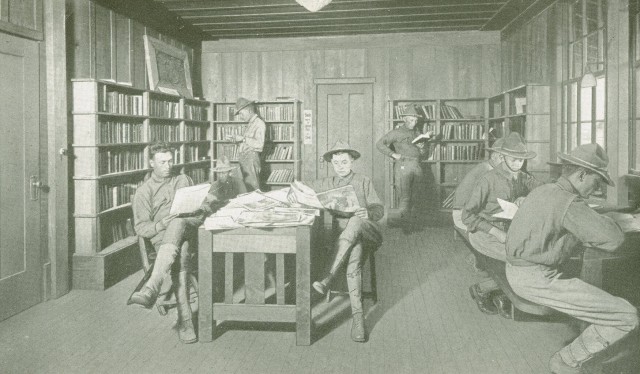
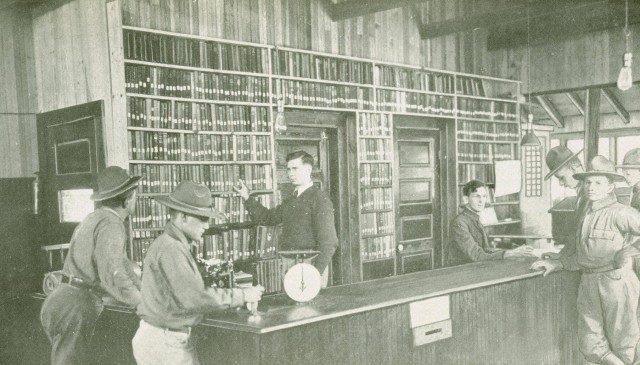
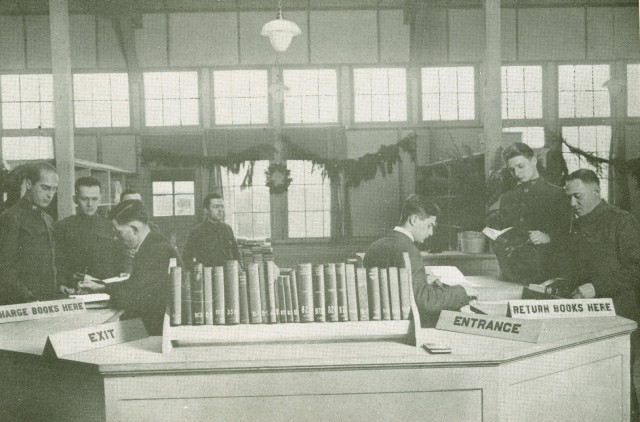
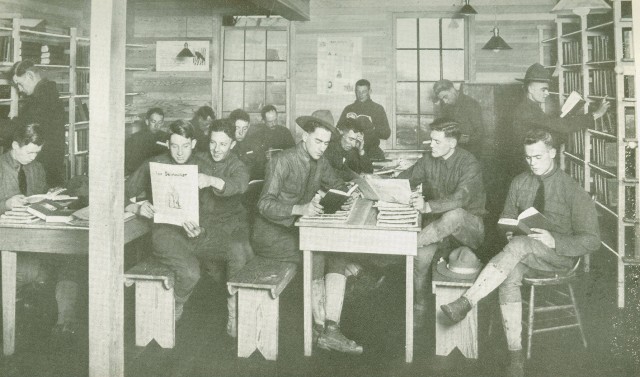
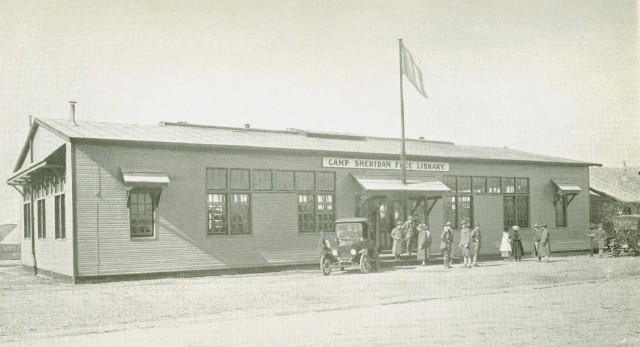





Social Sharing